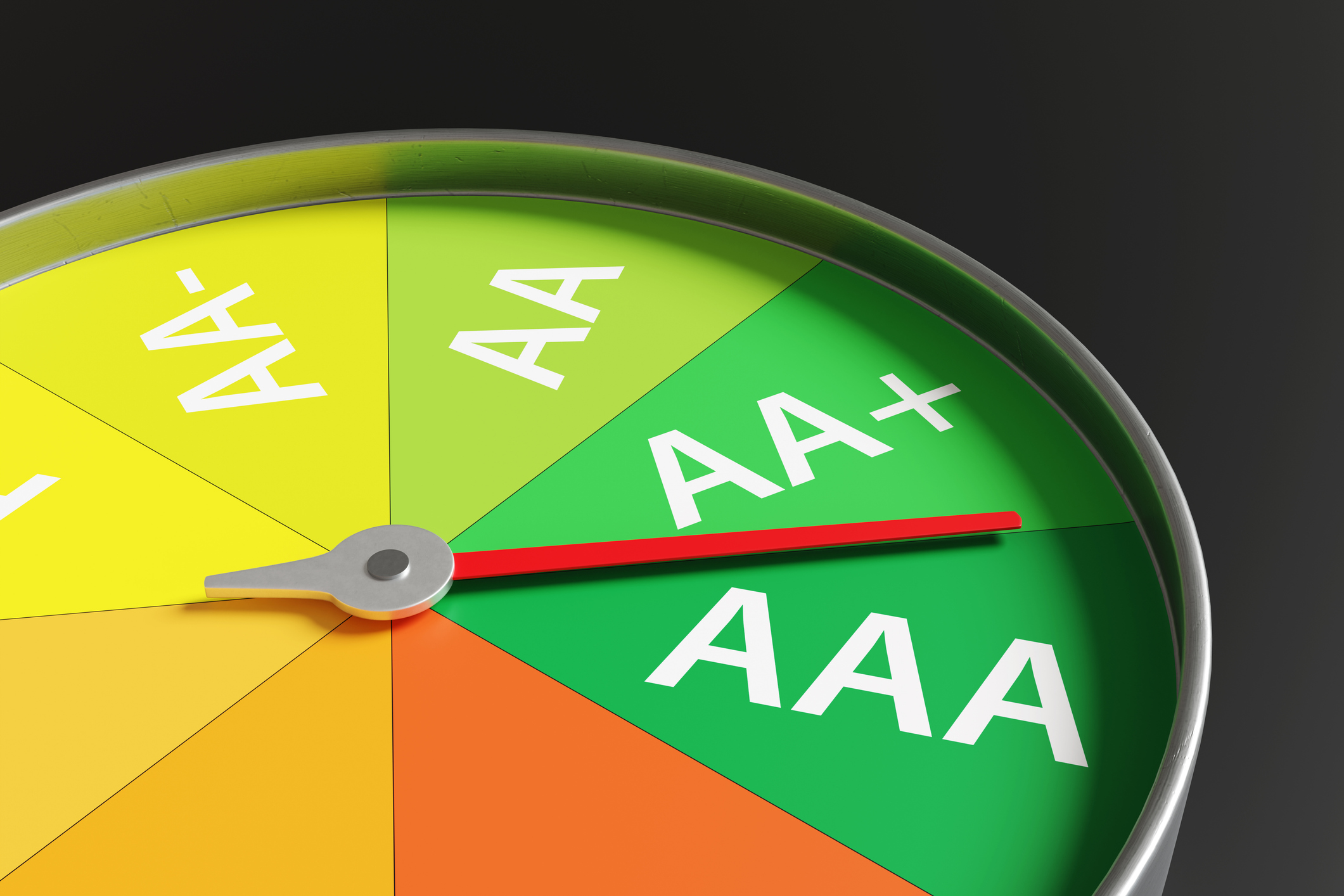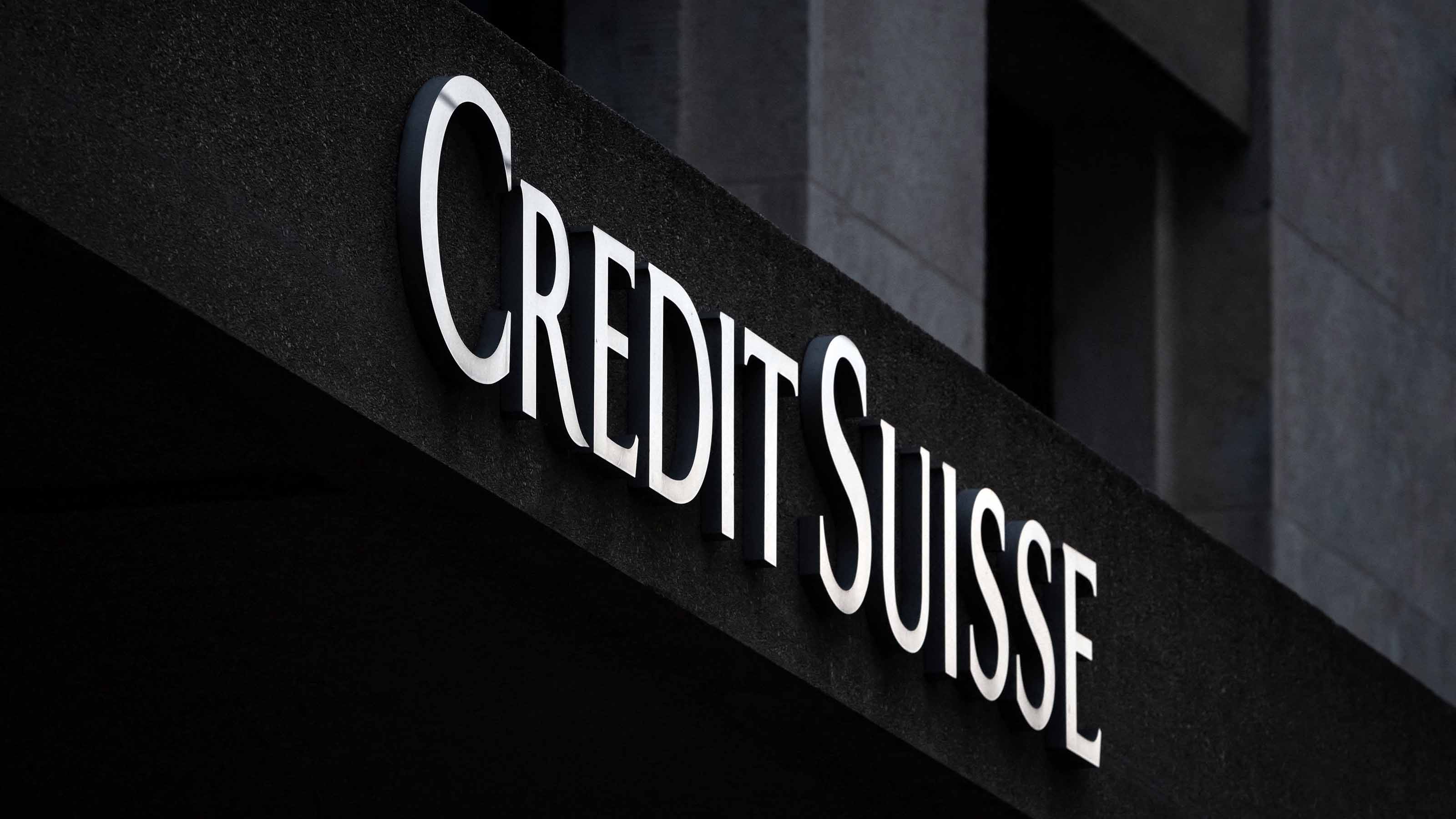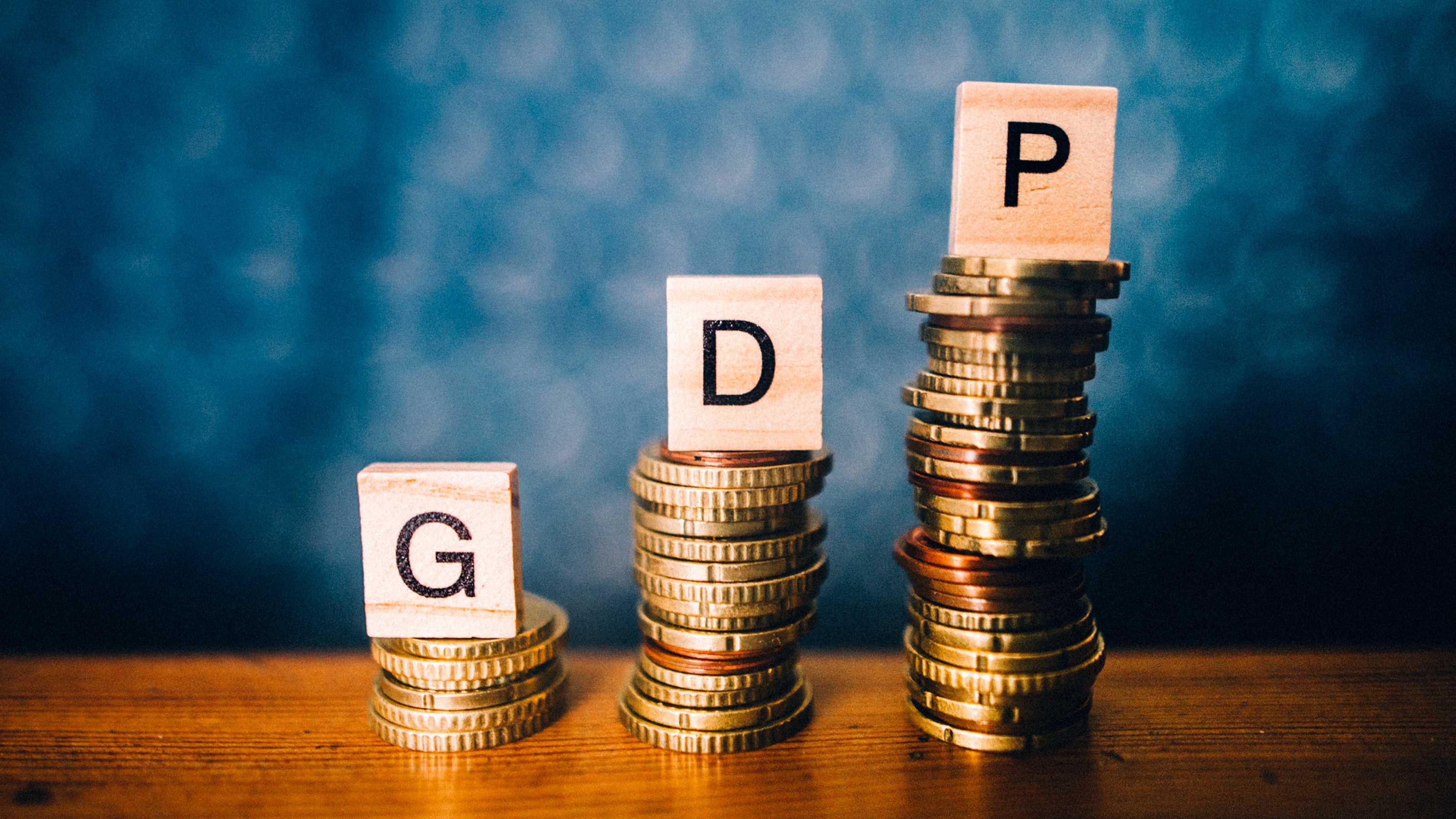5 Emerging-Markets Funds That Are Crushing U.S. Stocks
Emerging markets are taking off in 2017.


Emerging markets are taking off in 2017. The iShares MSCI Emerging Markets ETF (EEM), which serves as a popular proxy for emerging-markets investors, set fresh six-year highs this week. It’s up 30% year-to-date, versus a 12% gain for Standard & Poor’s 500-stock index.
What’s elevating these far-off equities?
For one, credit the weakening U.S. dollar. The PowerShares DB US Dollar Index Bullish Fund (UUP), which tracks the U.S. dollar against six major world currencies, has declined nearly 10% since Jan. 1 to reach its lowest point since 2014. A weak dollar, in general, is good for emerging markets. It makes it cheaper for overseas companies to pay down their dollar-denominated debt, and they also reap higher prices for commodity exports, which is big business in emerging markets.
There are other drivers, too. Chinese technology companies, for instance, have erupted this year, with e-commerce plays Alibaba (BABA) more than doubling in 2017 and JD.com (JD) rising nearly 80%. India’s NSE index recently hit all-time highs on optimism about the festival season, when consumer spending soars. But India had already been on a roll for the past couple of years thanks to economic growth and financial reforms targeting corruption and black markets.
The good news: Most of these drivers should still have some gas in the tank. Here are five exchange-traded funds to harness the resurgent growth in emerging markets. Each ETF offers a slightly different approach. Pick the one that’s right for your portfolio.
Data is as of Sept. 20, 2017. Click on symbol links in each slide for current share prices and more. Yields represent the trailing 12-month yield, which is a standard measure for equity funds.

iShares Core MSCI Emerging Markets ETF
- Symbol: IEMG
- Share price: $55.03
- Market value: $38.4 billion
- Year-to-date return: 28.3%
- Dividend yield: 1.76%
- Expenses: 0.14%, or $14 annually on a $10,000 investment
IShares’ EEM ETF usually gets the headlines when emerging markets surge because it’s widely followed and has been around for a long time (since 2003). But its newer sister fund, the iShares Core MSCI Emerging Markets ETF, is also setting new high-water marks of late. It’s only been around since 2012, but there are good reasons to favor IEMG over EEM.
But first the similarities. Both funds provide exposure to about two dozen countries, with Chinese holdings approaching 30% of each fund’s weight, as well as double-digit positions in Taiwanese and South Korean stocks. And assets under management are in the same ballpark for both funds – $38.2 billion for IEMG, which is about $1.4 billion more than EEM.
So why IEMG over EEM?
The most obvious leg up is cost. IEMG’s annual expense ratio of 0.14% is roughly one-fifth the cost of EEM and its 0.72% charge. IEMG expenses include a 1-basis-point fee waiver. (A basis point is one-hundredth of a percentage point.)
IEMG also casts a wider net. The ETF tracks the MSCI Emerging Markets Investable Market Index, which covers “approximately 99% of the free float-adjusted market capitalization in each country,” whereas EEM’s benchmark index only covers about 85%. Thus, IEMG sports 1,881 holdings versus EEM’s 851. And while both have the same top holdings – China’s Tencent, South Korea’s Samsung and the aforementioned Alibaba sit in the top three – IEMG puts a little less weight into those top holdings to provide exposure to more stocks including more small-cap stocks.

Vanguard FTSE Emerging Markets ETF
- Symbol: VWO
- Share price: $44.41
- Market value: $85.4 billion
- Year-to-date return: 22.8%
- Dividend yield: 2.13%
- Expenses: 0.14%
Investors who want to cover a spectacularly wide swath of the emerging world without compromising on cost could consider the Vanguard FTSE Emerging Markets ETF – the largest emerging-markets ETF at $85.4 billion in assets.
The VWO’s benchmark, the FTSE Emerging Markets All Cap China A Inclusion Index, includes a few differences that set this Vanguard fund apart from iShares’ popular competing funds.
First, there’s breadth. VWO covers much more of the investible emerging world, with the fund holding 4,655 stocks at present.
Second, there’s China. Most ETFs hold Chinese “H-shares,” which are issued by companies headquartered in China but trade on the Hong Kong Stock Exchange. While VWO holds H-shares too, it also invests in Chinese A-shares – stocks that trade on the “mainland” Shenzhen and Shanghai indexes. H-shares are open to trade by anyone and tend to represent larger companies that can be much more international in nature, while A-shares’ trading is more restricted but are tethered to companies thought to be more closely tied to China’s domestic growth. (Of note, MSCI indexes that power funds like the EEM and IEMG will gain some access to A-shares beginning in 2018.)
Finally, there’s South Korea. While IEMG and VWO sport several differences in their geographical exposure, the most striking is exposure to South Korea. Specifically, the iShares ETF has it in spades, while the Vanguard fund has none. Those assets are instead spent on holdings in Taiwan, India, Brazil and South Africa – all of which hold more importance in VWO’s portfolio than IEMG’s.

iShares Edge MSCI Minimum Volatility Emerging Markets ETF
- Symbol: EEMV
- Share price: $58.87
- Market value: $4.2 billion
- Year-to-date return: 19.9%
- Dividend yield: 1.99%
- Expenses: 0.25%
Those who are intrigued by the growth prospects of emerging markets but are less tolerant of the risk involved in venturing outside the U.S. may want to focus on the iShares Edge MSCI Minimum Volatility Emerging Markets ETF. This iShares fund applies a screening methodology to the MSCI Emerging Markets Index to identify holdings with the lowest risk, then applies a multi-factor risk model to determine weightings.
From a geographical standpoint, EEMV isn’t terribly different from IEMG and EEM. Its top weight is in Chinese stocks, which make up 24% of the fund. Taiwan (16%) and South Korea (11%) have strong presences. One notable difference, however, is that Malaysia and Thailand combine for about 14% of the portfolio, versus low single digits for the broader iShares emerging-markets funds.
And as Value Added columnist Steven Goldberg recently pointed out in his discussion of low-volatility ETFs, it lives up to its name. “EEMV was 20% less volatile than the MSCI Emerging Markets index over the past five years,” Goldberg wrote. “In months when the index lost ground, the ETF fell 78% as much as the benchmark.”
However, that outperformance in down markets came at the cost of underperformance during boom times for emerging markets, so EEMV makes the most sense as a diversification tool when emerging markets look particularly at-risk.

SPDR S&P Emerging Markets Dividend ETF
- Symbol: EDIV
- Share price: $30.95
- Market value: $432.5 million
- Year-to-date return: 15.6%
- Dividend yield: 3.83%
- Expenses: 0.49%
Emerging-market stocks are often considered a growth play, and the mediocre 2% yields offered by the likes of IEMG and EEMV don’t dispel that notion. However, investors can find above-average income in emerging markets, too.
The SPDR S&P Emerging Markets Dividend ETF selects its holdings by running hundreds of high-yielding emerging-markets companies through screens measuring two factors: earnings growth and profitability. While EDIV is designed to hold the top 100 stocks that meet the criteria, it currently boasts a slightly more robust portfolio of 117 stocks.
EDIV diverts from the typical geographic formula, relegating China to 14% of the fund, with South Africa (23%), Taiwan (22%) and Thailand (17%) all enjoying higher weights than the world’s second-largest economy.
But the “secret” behind EDIV’s dividend heft can be found in the sector weightings. Whereas many emerging-markets funds load up on information technology and financials (EEM weights these at 27% and 23%, respectively), EDIV loads up on more traditionally income-friendly businesses. While financials are still a big part of the mix at 22%, tech is somewhat muted at 16%, and energy, consumer staples and telecoms all enjoy high-single-digit weights. Top holdings include the likes of Thailand’s integrated gas and petroleum giant PTT Public Company, as well as Chinese property development and investment company China Overseas Land & Investment Limited.
The companies help fuel a nearly 4% dividend yield – albeit on a payout that fluctuates heavily from quarter to quarter due to its holdings’ distribution schedules.

iShares J.P. Morgan EM Local Currency Bond ETF
- Symbol: LEMB
- Share price: $48.90
- Market value: $303.5 million
- Year-to-date return: 14.7%
- Dividend yield: 5.54%*
- Expenses: 0.5%
The rip-roaring year for emerging markets isn’t isolated to equities. Bonds are also enjoying quite the renaissance.The iShares J.P. Morgan EM Local Currency Bond ETF provides exposure to bond issues across several emerging markets – a riskier proposition on its face than investing in developed countries with better credit ratings, which helps explain the high yield. But despite its emerging-markets exposure, LEMB isn’t particularly high-risk.
For one, LEMB’s portfolio is spread across 156 issues spanning 17 countries, with Brazil (15%), Mexico (11%) and Indonesia (7%) enjoying top geographic weights. So investors enjoy some diversification here.
Meanwhile, the bond portfolio boasts an average weighted maturity of just more than seven years, putting it squarely in “medium-term” territory. And nearly three-quarters of the fund is Standard & Poor’s BBB-equivalent or better (read: investment-grade), so LEMB isn’t going all-in on junk debt to prop up its high yield.
LEMB also provides a good illustration of one of the ways the weaker dollar comes into play in emerging markets. This fund – whose holdings are denominated in local currencies that benefit from a slumping greenback – has run more than 14% higher year-to-date. Sister fund iShares J.P. Morgan USD Emerging Markets Bond ETF (EMB), which invests in U.S. dollar-denominated bonds, has gained less than 6%.
* The yield for this ETF represents the so-called SEC Yield, which reflects the interest earned after deducting fund expenses for the most recent 30-day period. SEC Yield is a standard measure for bond funds.
Profit and prosper with the best of Kiplinger's advice on investing, taxes, retirement, personal finance and much more. Delivered daily. Enter your email in the box and click Sign Me Up.
Kyle Woodley is the Editor-in-Chief of WealthUp, a site dedicated to improving the personal finances and financial literacy of people of all ages. He also writes the weekly The Weekend Tea newsletter, which covers both news and analysis about spending, saving, investing, the economy and more.
Kyle was previously the Senior Investing Editor for Kiplinger.com, and the Managing Editor for InvestorPlace.com before that. His work has appeared in several outlets, including Yahoo! Finance, MSN Money, Barchart, The Globe & Mail and the Nasdaq. He also has appeared as a guest on Fox Business Network and Money Radio, among other shows and podcasts, and he has been quoted in several outlets, including MarketWatch, Vice and Univision. He is a proud graduate of The Ohio State University, where he earned a BA in journalism.
You can check out his thoughts on the markets (and more) at @KyleWoodley.
-
 Stocks Retreat as Bubble Worries Ramp Up: Stock Market Today
Stocks Retreat as Bubble Worries Ramp Up: Stock Market TodayValuation concerns took hold on Wall Street today, sending Palantir and its fellow tech stocks lower.
-
 The Best Mid-Cap ETFs to Buy
The Best Mid-Cap ETFs to BuyThe best mid-cap ETFs to buy offer efficient and diversified exposure to a universe full of highly interesting companies.
-
 The 24 Cheapest Places To Retire in the US
The 24 Cheapest Places To Retire in the USWhen you're trying to balance a fixed income with an enjoyable retirement, cost of living is a crucial factor to consider. Is your state the best?
-
 Bond Basics: How to Reduce the Risks
Bond Basics: How to Reduce the Risksinvesting Bonds have risks you won't find in other types of investments. Find out how to spot risky bonds and how to avoid them.
-
 Bond Ratings and What They Mean
Bond Ratings and What They Meaninvesting Bond ratings measure the creditworthiness of your bond issuer. Understanding bond ratings can help you limit your risk and maximize your yield.
-
 Stock Market Today: Stocks Struggle on Credit Suisse, First Republic Bank Concerns
Stock Market Today: Stocks Struggle on Credit Suisse, First Republic Bank ConcernsChaos in the financial sector stole the spotlight from this morning's inflation and retail sales updates.
-
 5 Stocks to Sell or Avoid Now
5 Stocks to Sell or Avoid Nowstocks to sell In a difficult market like this, weak positions can get even weaker. Wall Street analysts believe these five stocks should be near the front of your sell list.
-
 Q4 GDP Beats Expectations: What the Experts Say
Q4 GDP Beats Expectations: What the Experts SayGDP The latest GDP report shows that the economy avoided recession last year, but market pros say we might not be so lucky in 2023.
-
 Best Stocks for Rising Interest Rates
Best Stocks for Rising Interest Ratesstocks The Federal Reserve has been aggressive in its rate hiking, and there's a chance it's not done yet. Here are eight of the best stocks for rising interest rates.
-
 The Five Safest Vanguard Funds to Own in a Volatile Market
The Five Safest Vanguard Funds to Own in a Volatile Marketrecession The safest Vanguard funds can help prepare investors for market tumult but without high fees.

